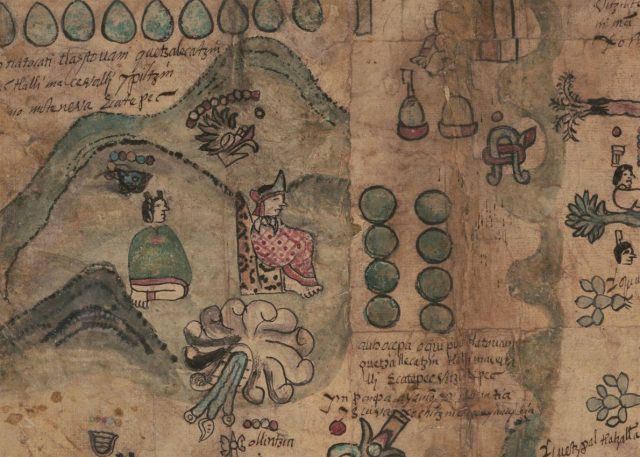MI weekly selection #263

Life in early colonial Mexico charted on unique aztec map
A rare map dating back to 1593 offers clues about Spanish explorers and the indigenous peoples of Mexico. The map, which is available to view on the Library of Congress website, is called the Codex Quetzalecatzin and details the lineage of a family known as “de Leon” and their property holdings.
Dwarf planet’s bright spots show evidence of geologic activity
A NASA spacecraft has captured detailed images of bright spots linked to geologic activity on the dwarf planet Ceres. One spot may have been created by a cryovolcano formed by the accumulation of icy materials, and another may be related to icy lava that sent salty fluids to the surface, scientists say.
Hydrogel disks inspired by electric eels could be new energy source
Hydrogel disks inspired by the organs of electric eels have been developed as a new, flexible device that produces energy like a battery. The disks are made of a water-based polymer and may one day be used to power such things as soft robots or wearable technology.
Gene mutation found in Italian family alters pain sensitivity
A genetic mutation has been found in six members of the same Italian family that makes them feel very little, if any, physical pain, a finding that could one day lead to new pain relief medications. Researchers found the same mutation in the ZFHX2 gene in a 78-year-old matriarch, her two daughters and three grandchildren.
Second look reveals that fossilized embryos were jellyfish, not arthropods
A re-examination of tiny fossils once thought to be arthropod embryos has determined they are actually jellyfish ancestors and that they developed very differently from their modern relatives, jumping directly from their embryonic stage to adulthood.